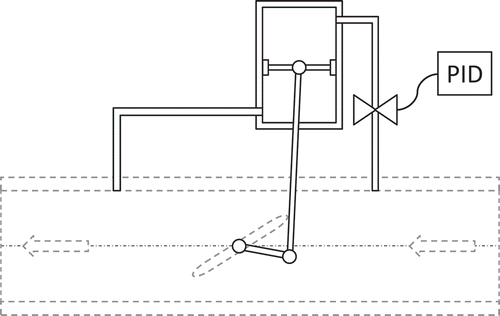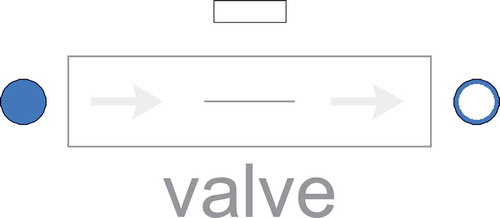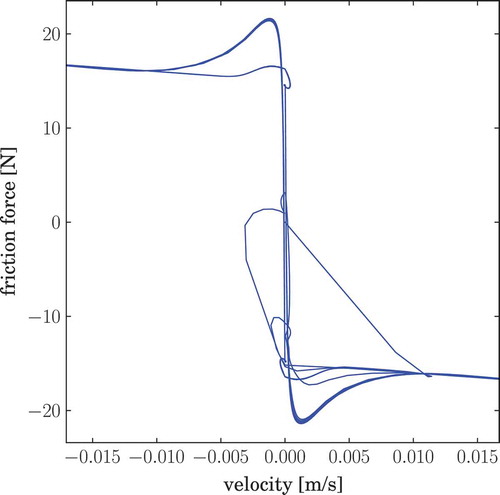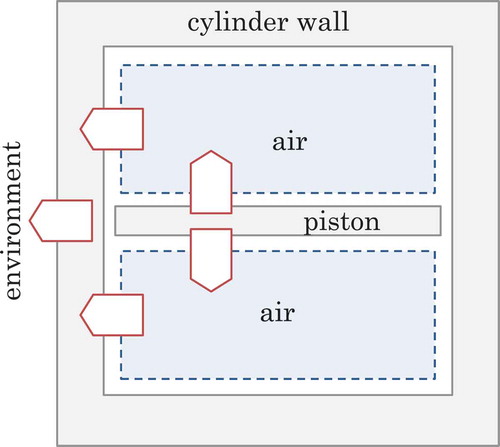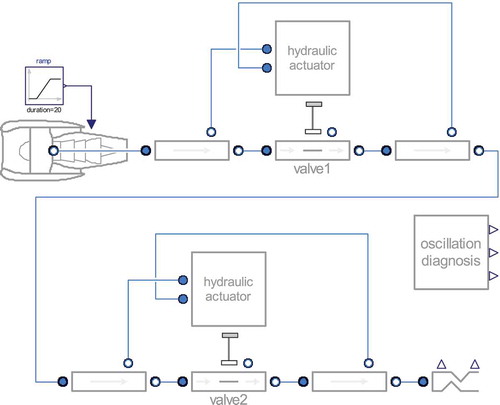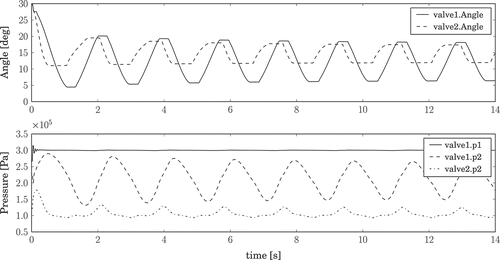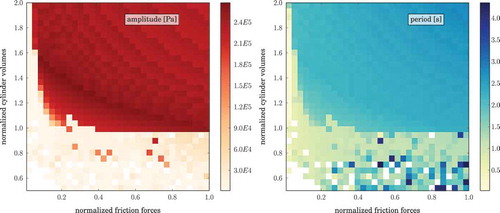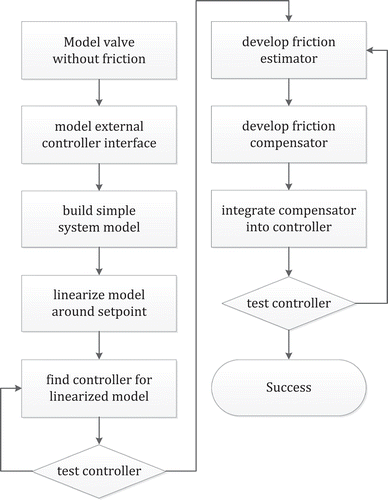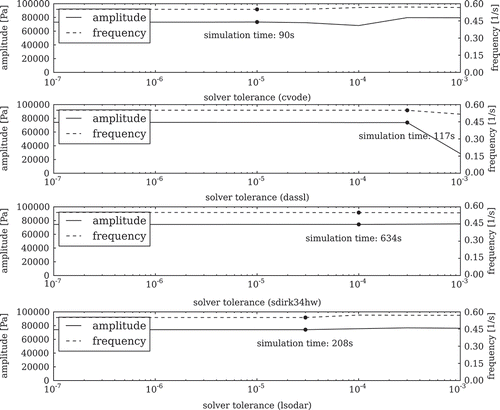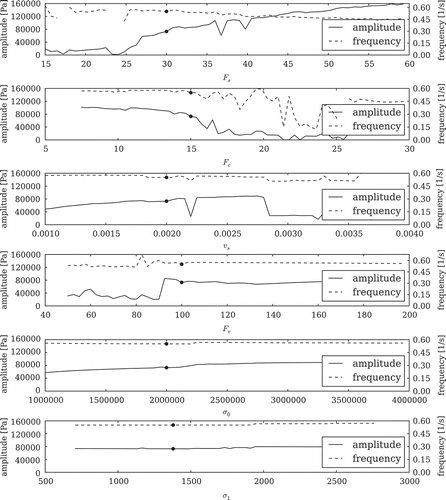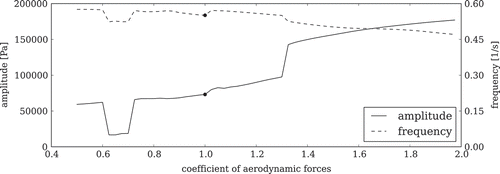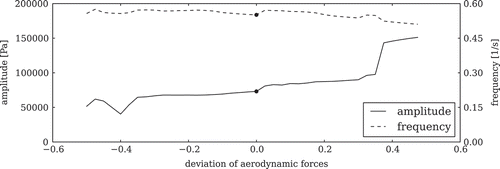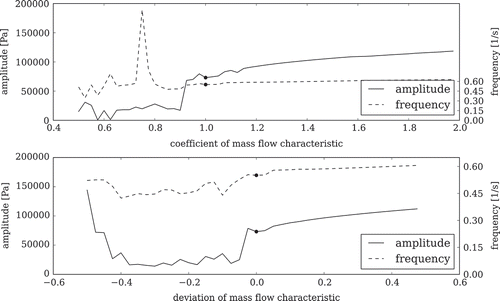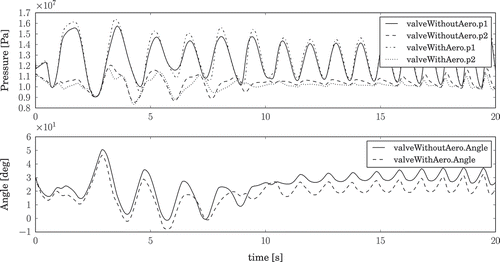Mathematical and Computer Modelling of Dynamical Systems
Methods, Tools and Applications in Engineering and Related Sciences
Volume 23, 2017 - Issue 3: Object-oriented modelling and simulation
Open access
4,677
Views
2
CrossRef citations to date
0
Altmetric
Articles
Modelling and simulation of self-regulating pneumatic valves
Alexander PollokInstitute of System Dynamics and Control, DLR German Aerospace Center, Oberpfaffenhofen, GermanyCorrespondence[email protected]
& Francesco CasellaDipartimento di Elettronica, Informazione e Bioingegneria, Politecnico di Milano, Milan, Italy
Pages 243-261
|
Received 18 Jan 2016, Accepted 20 Feb 2017, Published online: 23 Mar 2017
Related research
People also read lists articles that other readers of this article have read.
Recommended articles lists articles that we recommend and is powered by our AI driven recommendation engine.
Cited by lists all citing articles based on Crossref citations.
Articles with the Crossref icon will open in a new tab.

